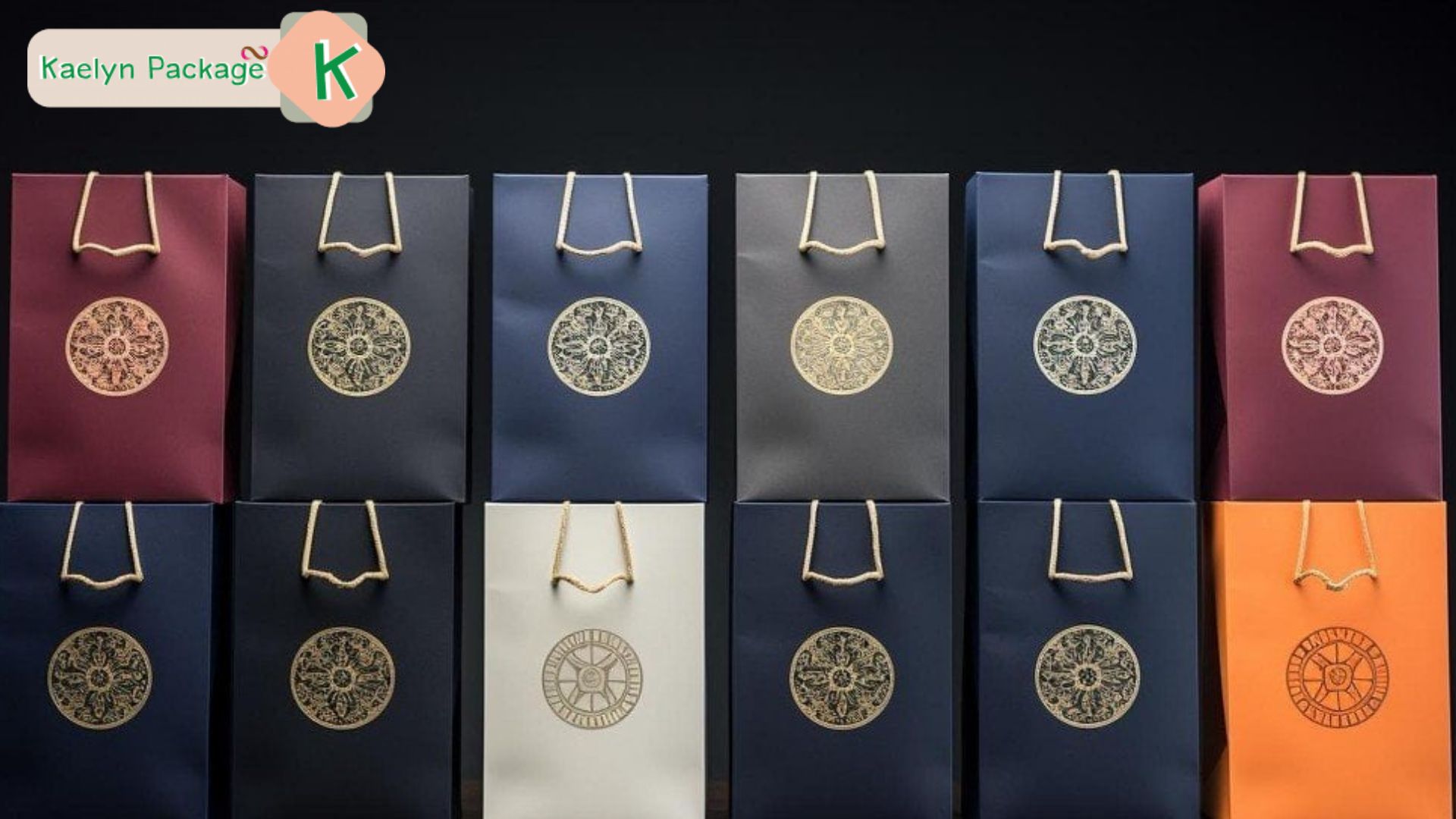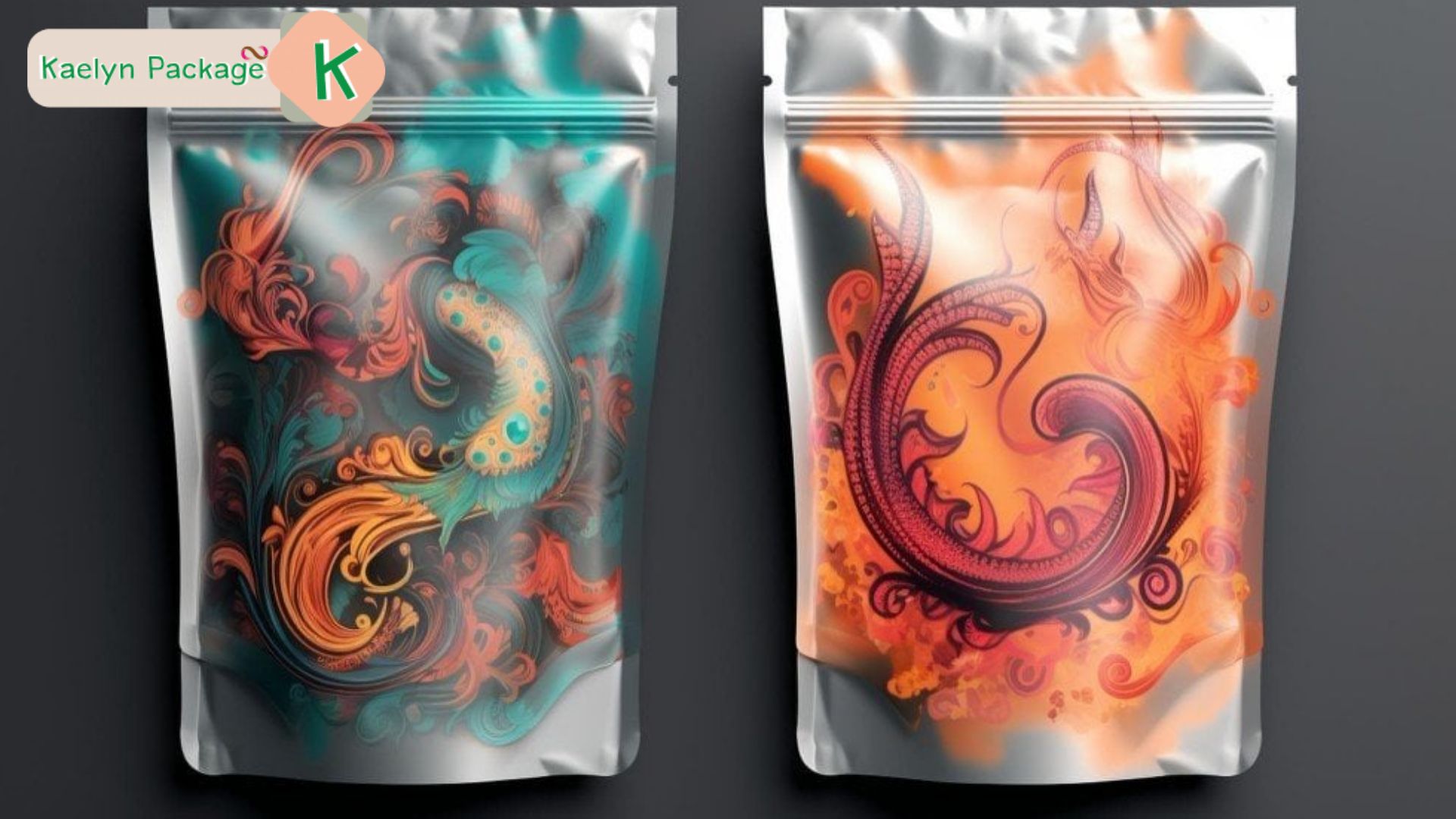Throughout history, humans have sought symbols and objects believed to influence their fortunes. Among these, gemstones stand out for their vibrant colors and cultural significance. Many people intuitively associate certain gem hues with luck, prosperity, or protection. But do these perceptions hold any basis beyond superstition? By exploring the intersection of psychology, culture, and symbolism, we can better understand how gem colors shape our beliefs about luck and influence decision-making in everyday life.
Table of Contents
- 1. Introduction: The Intersection of Color, Perception, and Luck
- 2. The Psychology Behind Color and Perception
- 3. Gem Colors and Cultural Connotations
- 4. Modern Examples of Gem Colors Influencing Perception of Luck
- 5. Psychological Mechanisms Connecting Gem Colors and Luck Beliefs
- 6. The Historical Development of Gem Color Superstitions
- 7. Non-Obvious Factors Influencing Perceived Luck of Gem Colors
- 8. Practical Implications and Ethical Considerations
- 9. Conclusion: Integrating Science and Culture in Understanding Gem Colors and Luck
1. Introduction: The Intersection of Color, Perception, and Luck
Perceived luck refers to the belief that certain objects, symbols, or actions can influence one’s chances of success or failure. Psychologically, this belief is rooted in cognitive biases such as the confirmation bias, where individuals tend to notice and remember instances that support their beliefs about luck-enhancing objects, reinforcing their faith over time. This phenomenon highlights how subjective perceptions can impact real-world decisions.
Visual cues and symbolism play a crucial role in shaping these beliefs. Bright, vibrant colors or culturally significant symbols can evoke feelings of hope, confidence, or superstition. For example, the color red—commonly associated with good fortune in many cultures—can foster a subconscious sense of security or optimism. Gemstones, with their striking hues and cultural meanings, serve as potent symbols believed to attract luck and prosperity.
Culturally, different societies have developed rich associations between gemstone colors and notions of luck. In Chinese culture, red gemstones like rubies symbolize good fortune and joy. In Western traditions, emeralds are linked to growth and prosperity, while sapphires often symbolize wisdom and calmness, which can be linked to fortunate decision-making. These cultural narratives reinforce the idea that certain gem colors are inherently lucky.
2. The Psychology Behind Color and Perception
Color psychology explores how different hues influence our emotions and judgments. Research shows that red can increase arousal, excitement, and feelings of passion, which may translate to perceived power and luck. Conversely, blue tends to induce calmness, wisdom, and trust, fostering a sense of stability that can be perceived as fortunate in decision-making contexts.
Cultural and individual differences significantly shape how we interpret colors. For example, while red signifies luck in Chinese culture, it might be associated with danger or warning in Western contexts. Personal experiences and memories also influence these perceptions; someone who associates green with a childhood garden may perceive green gemstones as symbols of growth and luck.
The impact of color extends into decision-making and risk perception. Studies have demonstrated that people are more likely to take risks when exposed to red backgrounds or objects, possibly because red is linked to alertness and action. This connection suggests that the color of a gemstone could subtly influence choices related to gambling, investments, or personal endeavors.
3. Gem Colors and Cultural Connotations
Red gemstones, such as rubies, are universally seen as symbols of passion, vitality, and power. In many Asian cultures, red is the color of luck, often used in celebrations and rituals to attract prosperity. The intense hue of rubies is believed to channel energy and good fortune, making them popular choices for talismans.
Green gemstones, notably emeralds, are associated with growth, renewal, and abundance. In Western tradition, green signifies prosperity and health, leading many to wear emeralds to attract financial success or personal well-being. These associations stem from the lush imagery of nature and fertility.
Blue gemstones, like sapphires, evoke calmness, wisdom, and spiritual insight. In medieval Europe, sapphires were believed to protect against envy and attract divine favor. Their cool hue is often linked to clarity of thought and chance, reinforcing their reputation as symbols of luck in decision-making.
Cultural backgrounds heavily influence how gem colors are perceived. For example, in Indian tradition, yellow sapphires are considered auspicious, while in Western cultures, blue sapphires are associated with fidelity and wisdom. These variations demonstrate that the symbolism of gem colors is deeply embedded in cultural narratives.
4. Modern Examples of Gem Colors Influencing Perception of Luck
One illustrative case is the concept of the “Gem Trio”, a modern arrangement of gemstones combining red, green, and blue hues. This color combination is often used in jewelry collections and marketing to evoke feelings of balance, harmony, and luck. Such arrangements demonstrate how color synergy can impact perceived value and auspiciousness, aligning with ancient beliefs while appealing to contemporary aesthetics.
Anecdotal case studies reveal individuals choosing specific gem colors for luck in gambling or significant life decisions. For example, some gamblers prefer wearing or carrying red gemstones, believing they boost confidence and energy. Others opt for green stones, associating them with prosperity and steady growth. These choices are often reinforced by personal anecdotes and cultural narratives, demonstrating the power of belief in influencing behavior.
Marketing and branding also play a vital role. Jewelry brands often emphasize the cultural and symbolic meanings of gem colors, subtly shaping consumer perceptions. For example, promotional campaigns may highlight emeralds as “the jewel of success,” reinforcing their association with luck and wealth. This strategic framing taps into psychological biases, making color choices more impactful.
Note: For those interested in the strategic aspects of gemstone betting or selection, exploring the gem trio wager reqs? can provide insights into how color combinations influence perceptions of luck and value.
5. Psychological Mechanisms Connecting Gem Colors and Luck Beliefs
The placebo effect plays a significant role. When individuals believe a specific gemstone enhances luck, their confidence and mood improve, often leading to better outcomes—regardless of the actual properties of the stone. This self-fulfilling prophecy demonstrates how belief alone can influence real-world results.
Symbolic priming occurs when exposure to certain colors triggers associated behaviors or attitudes. For example, seeing a green gemstone may subconsciously prime feelings of growth and opportunity, encouraging more optimistic decisions. This priming effect can be harnessed intentionally in marketing or personal rituals.
Personal experiences and anecdotes further reinforce these beliefs. Someone who has experienced a streak of good luck while wearing a blue sapphire may develop a strong association between the color and luck, making future choices influenced by this color even more compelling.
6. The Historical Development of Gem Color Superstitions
Origins of color-based luck beliefs can be traced to ancient civilizations. In Chinese tradition, red was used extensively in rituals to attract good fortune, a practice dating back thousands of years. Similarly, in medieval Europe, sapphires were believed to protect against envy and misfortune, shaping their reputation as lucky stones.
Over centuries, gemstone symbolism evolved alongside cultural exchanges and scientific understanding. The symbolic meanings assigned to colors shifted from mystical to more associative, yet the core belief in their luck-enhancing properties persisted. These historical narratives continue to influence modern perceptions, blending tradition with contemporary marketing.
Understanding this historical context helps explain why certain gem colors remain entrenched as symbols of luck, and how these beliefs adapt over time while maintaining cultural significance.
7. Non-Obvious Factors Influencing Perceived Luck of Gem Colors
Personal associations deeply influence how we perceive gem colors. Memories linked to specific colors—like a childhood experience with a green garden—can make green gemstones feel more fortunate. Such individual connections often outweigh cultural stereotypes in shaping beliefs.
Media and celebrity endorsements also impact perceptions. When a famous personality is seen wearing a particular gemstone color during a lucky event, followers may subconsciously adopt similar beliefs, reinforcing the idea that certain colors bring luck.
Additionally, rare or unique gem colors—such as the vivid orange of a rare spessartite garnet—can be perceived as more powerful or fortunate than common hues. The rarity enhances perceived value and mystical qualities, making these stones symbols of luck in their own right.
8. Practical Implications and Ethical Considerations
Recognizing how psychological influences shape perceptions of luck can be advantageous in jewelry marketing. Brands can ethically emphasize cultural and symbolic meanings without exploiting superstitions, fostering informed choices among consumers. Transparency about the cultural origins and scientific aspects of gemstone symbolism promotes trust and responsible marketing.
Ethical concerns arise when marketers manipulate superstition for profit, especially when vulnerable groups are involved. Educating consumers about the psychological basis of luck beliefs encourages critical thinking, helping them make decisions rooted in knowledge rather than superstition.
Ultimately, fostering informed awareness allows individuals to appreciate gemstones for their beauty and cultural significance, rather than solely for perceived luck-enhancing properties.
9. Conclusion: Integrating Science and Culture in Understanding Gem Colors and Luck
The enduring fascination with gemstone colors and luck stems from a complex interplay of psychological mechanisms, cultural narratives, and personal experiences. Scientific research confirms that perceptions of luck linked to gem hues are often rooted in cognitive biases and symbolic priming, rather than inherent properties of the stones themselves.
Critical thinking and cultural awareness are essential in evaluating these beliefs, ensuring that appreciation for gemstones remains rooted in their aesthetic and cultural value. While the mystique of colored gems persists, understanding their psychological influence empowers individuals to make more informed, meaningful choices.
As we continue to explore the symbolism of gem colors, it’s clear that both science and culture contribute to our perceptions of luck—an enduring testament to the human desire for hope, prosperity, and connection.





